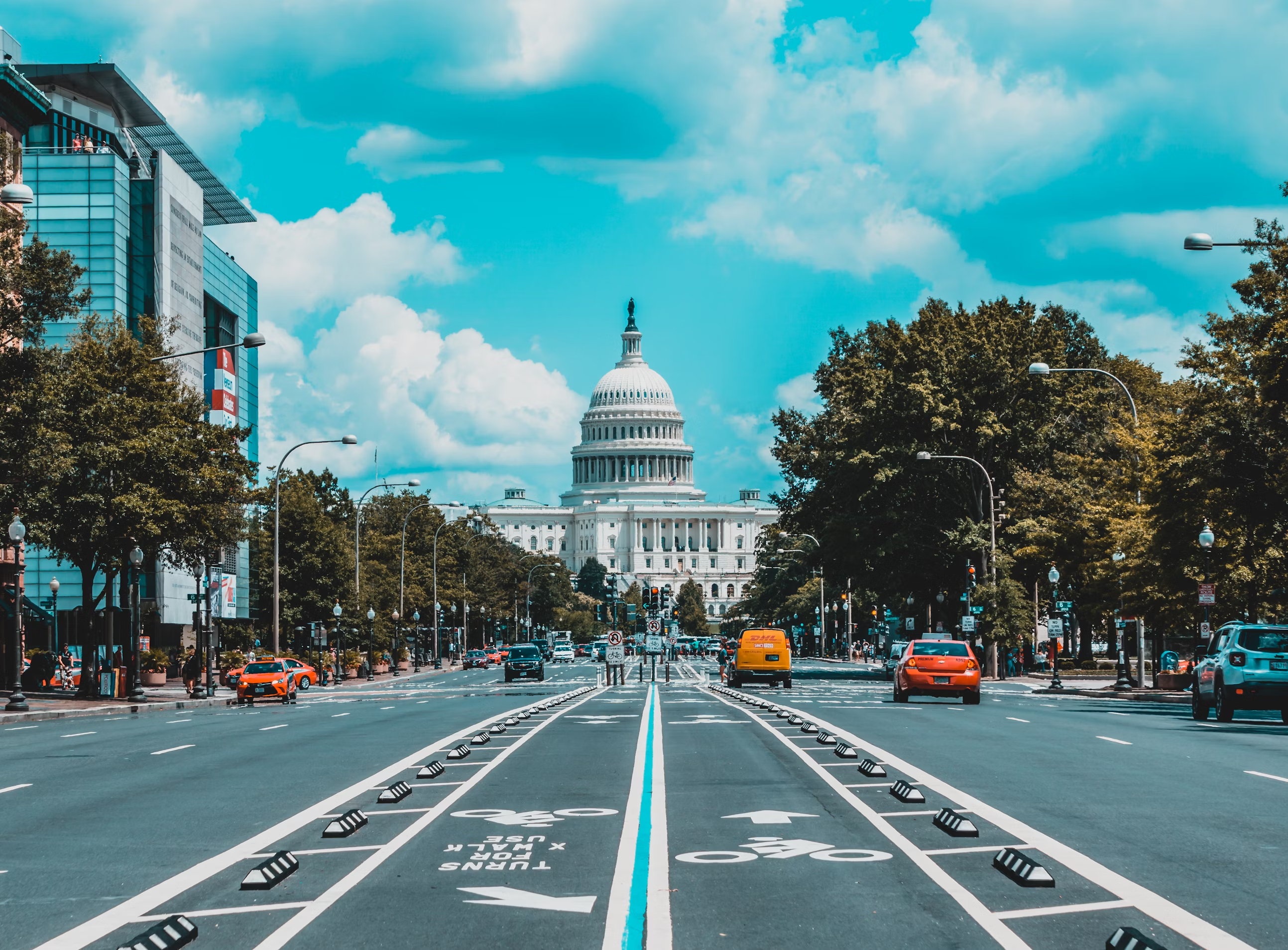In today’s global economy, the United States continues to attract entrepreneurial talent from around the world through initiatives like the International Entrepreneurship Parole (IEP). This article aims to help you understand its eligibility criteria, application process, benefits, and criticisms.
The International Entrepreneur Parole (IEP) was designed by the U.S. Citizenship and Immigration Services (USCIS) to attract foreign entrepreneurs who can contribute to the American economy. The IEP offers a pathway for eligible entrepreneurs to establish and grow their businesses in the U.S. and therefore addresses the gap in options for startup founders. However, it is important to note that parole is not the same as a visa option. A parole can be canceled or removed at any time. If you are looking for a more permanent option, and you meet the criteria below, it is highly likely that you will qualify for an O-1 visa. For more information about O-1 visas check out our article, “O-1 Visa: Eligibility and Criteria”.
Eligibility Criteria
Under the IEP, eligible entrepreneurs must be able to demonstrate how their business has the potential for significant public benefit. This criterion ensures that the IEP attracts individuals capable of making substantial contributions to the U.S. economy.
The International Entrepreneur Parole (IEP) program was reinstated on July 12th, 2024, and the updated eligibility criteria were published on that date. Entrepreneurs applying for the IEP must meet specific eligibility criteria as outlined in the USCIS announcement.
For detailed information, you can refer to the official USCIS announcement here.
- Establishment of a U.S. Startup: The startup business must have been established within five years before applying for parole.
- Ownership Stake: The applicant must hold at least a 10% ownership interest in the startup.
- Active Role in Operations: The applicant must actively and centrally participate in the day-to-day operations and management of the business, demonstrating more than a passive investment role.
- Capital Investment or Grants: The startup must have received either:some text
- A capital investment of at least $264,147 from qualified U.S. investors, where a qualified investor is defined as a U.S. citizen, lawful permanent resident (LPR), or an organization majority-owned and controlled by U.S. citizens or LPRs; OR
- At least $105,659 in grants or awards from qualifying U.S. federal, state, or local government entities.
- Alternative Evidence Option: Alternatively, if the startup does not meet the investment or grant criteria, the applicant may qualify by providing compelling evidence of the startup's potential for rapid growth and significant job creation.
Application Process
Applying for the IEP begins with the submission of detailed documentation that substantiates the entrepreneur’s business plans and qualifications. This information of potential economic impact and individual qualifications is mandatory. Processing for the IEP can take two years or more with no option for premium processing.
Here is a more in-depth look at the application process:
Preparation Phase:
- Gather Documentation: Collect all necessary documentation, including proof of startup establishment, ownership stake, active role in operations, and evidence of investment or grants.
- Business Plan: Prepare a comprehensive business plan outlining the startup's goals, market analysis, financial projections, and potential for growth and job creation.
Form I-941 Submission:
- Complete Form I-941: This is the Application for Entrepreneur Parole. Fill out the form accurately and completely, ensuring all required fields are properly addressed.
- Fee Payment: Include the required application fee with the submission of Form I-941.
Documentation Submission:
- Supporting Documents: Submit supporting documentation to substantiate the eligibility criteria. This may include:
- Proof of startup establishment within the last five years.
- Documentation demonstrating at least a 10% ownership stake in the startup.
- Evidence of active and central participation in the operations of the business.
- Documentation of investment received (if applicable), including details of qualified U.S. investors or grants from eligible government entities.
- Any additional evidence supporting the startup's potential for rapid growth and job creation (if applying under alternative evidence option).
Application Review:
- USCIS Evaluation: USCIS will review the application and supporting documents to determine eligibility for IEP.
- Request for Additional Information: USCIS may request further evidence or clarification during the review process.
- Decision: Upon review, USCIS will issue a decision either approving or denying the IEP application.
Parole Period:
- Notification: If approved, the entrepreneur will receive notification and details of their parole status.
- Work Authorization: The entrepreneur and their dependents may receive authorization to work in the U.S. for a specified period under parole status.
Maintaining Compliance:
- Reporting Obligations: Comply with any reporting requirements outlined by USCIS during the parole period.
- Renewal or Extension: When reapplying for IEP, applicants must show they still hold at least a 5% ownership stake in their startup. In addition to proving that the startup has secured the required minimum investment funding, the renewal application must also show that the startup has achieved specific growth benchmarks. If you are a startup founder, it is important to consider how dilution after VC rounds may affect your compliance with IEP renewal requirements. On the other hand, the O-1 visa does not have such constraints.
Duration and Family Inclusion
Entrepreneurs can be granted an initial parole period of up to 2½ years, which can be extended for another 2½ years upon meeting additional benchmarks. The entrepreneur's spouse and children may also be eligible for parole, with the spouse able to apply for employment authorization. Your partner or spouse must file Form I-131 along with Form I-941 to request parole to accompany the entrepreneur. Form I-131 may be filed simultaneously or separately from Form I-941.
O-1A Visa Comparison
The IEP can be very beneficial for foreign entrepreneurs as it provides them with the opportunity to access U.S. markets, resources, and networks that are helpful for business growth. The IEP also eliminates some of the barriers traditionally associated with visa processes, making it easier for startups to thrive. However, individuals should be aware of some of the pitfalls of the IEP Rule. Most notable is the distinct difference between a parole and visa option. A parole is not as secure as a visa. Paroles can be canceled or removed at any time. Additionally, it has a very lengthy processing time, no guaranteed entry of your spouse, and a single entry 30 days after receiving the parole. Some of these can be major deterrents for individuals to apply for IEP. If that is the case, but you meet the criteria listed above, then it is likely that you will be granted an O-1A visa. Let’s highlight some of the benefits that the O-1A offers.
What the O-1A visa offers that the IEP Rule does not:
- Fast Processing: The O-1 visa offers premium processing, ensuring a response from USCIS within 15 business days of receiving Form I-907.
- Criteria: The visa criteria are straightforward, focusing on the entrepreneur’s achievements such as funding, awards, and significant press coverage.
- Renewal and Transition: Unlike the IER, the O-1 visa allows for indefinite renewals and the possibility of transitioning to a green card.
Are you considering applying for the IEP? Or perhaps you're leaning toward the O-1A visa? Team Casium can guide you through every step of the way.




























.svg)
.svg)
.svg)





